What to see in Mozambique and how to get a tourist visa to visit
Table of contents
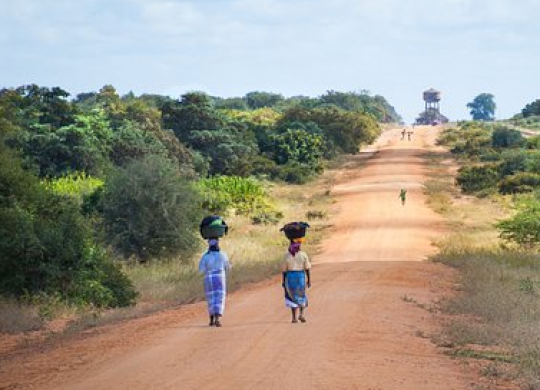
Despite 3,000 km of Indian Ocean coastline, safe waters and natural beauty, Mozambique is one of the least popular tourist destinations not only in Africa, but in the world. Which is obvious: this is not the usual tourist country of the Black Continent with acceptable infrastructure and friendly locals. Mozambique is the real Africa from the news, where people live far beyond poverty, starve and die.
Mozambique Trip
The Republic of Mozambique gained independence later than all neighbouring countries. It was only in 1975 that local residents managed to free themselves from the dictate of Portugal. From that time the national flag and emblem is "decorated” with the image of the AK-47: it is considered a symbol of the country and its liberation struggle.
Usually a trip to Mozambique begins with the country's only million-person city — Maputo.
High-rises built by the Portuguese are considered the capital's landmark: they were almost the first tower blocks in Africa, so they attracted travelers even from neighboring countries. Yet black "pilgrims" could awe at the wondrous houses from afar only: they were forbidden to enter the territory of the block for white men. Local guides say that the guards did not miss even the "treasure of the Portuguese nation" — the legendary football player Eusebio. Today, these "palaces of Maputo" are the central district of the city.
But the real gem of Mozambique's capital is the railway station. It is said that the project belonged to Gustave Eiffel. Although it is not true, the building is quite impressive: two floors with graceful colonnades, rounded arches and a huge copper dome make it look more like a luxurious mansion than a train station.
In addition during a visit to the city of Maputo, one should see:
- Maputo Municipal Market
The building of the central market is also crowned with a dome. But in contrast to the elegant style of the railway station, it is the embodiment of typical Portuguese colonial architecture. Here one can buy everything: fruit, spices, souvenirs, furniture, decorative items and textiles from local craftsmen.
- National Art Museum
Despite the tumultuous events of 50 years ago, the museum's exposition is immensely rich. Sculpture, paintings and even musical assets of Mozambican artists are exhibited here.
- Cathedral of the Immaculate Conception of the Blessed Virgin Mary
Located next to the Pestana Rovuma Hotel, the main Catholic shrine of Maputo catches the eye with its sharp, clean lines and an unusual bell tower, reminiscent of the old New York skyscrapers. Not by a coincidence: design and construction of the cathedral took place in the roaring 20s, so the architects adopted not only the fashionable style of the era, but also the material — concrete.
- National Museum of Natural History of Mozambique
Stored in an elegant colonial-era estate, the exhibition displays cultural and lifestyle landmarks of ancient people, as well as artifacts and items of material heritage of all ethnic groups living in modern Mozambique. Still major part of the museum is occupied by the vast collection of stuffed animals, including those demonstrating all stages of the development of an elephant embryo.
If such sights are not for you, come here to see the museum building itself. After all, it is one of the best examples of the neo-Manuelino architectural style (an exotic and reinterpreted mixture of Gothic and Moorish styles with Renaissance trends).
- Museum of the Revolution
The four floors of the museum tell the story of 400 years of colonial history and the liberation struggle of Mozambique.
Outside the capital in the Republic of Mozambique, you must see:
- The island of Mozambique
The place that gave the name to the entire republic is connected to the mainland of Mozambique by a 4-kilometer bridge. Meanwhile the island itself is not more than 3 kilometers in length. This tiny piece of land is considered to be the heart of colonial East Africa: in 1498 the traveler Vasco da Gama sailed here. And the first stone house in the southern hemisphere built by Europeans is located here (today it is part of the "Stone City" settlement). Yet local women still wear white clay masks and dance tufa.
Due to its rich nature, architectural and cultural heritage, the island is included in the UNESCO list.
- Gorongoz National Park
Located at the southern end of the Great African Rift Valley, the reserve protects the unique biosphere of the plains and plateaus of central Mozambique. These are savanna, miombo forests, dune forests, floodplain grasslands, as well as jungles, limestone rocks, dry and mountain forests. The main attraction of the park is the Gorongosa inselberg.
- Beira Grand Hotel
In the 50s this place was the most expensive and luxurious resort in the country. Parquet floors, crystal chandeliers, elevators, a huge pool, green lawns — it has everything to please the guests. Today the building, made in the style of Portuguese Art Deco, still looks pretty impressive. However, former luxury is merely a memory and instead of vacationers it is resided by the commune of squatters.
Tourists are recommended not to visit the hotel for safety reasons. But adventure seekers can take a chance and pay a visit if accompanied by a local guide.
- Makuta Lighthouse
The white sandy beach by the town of Beira is noticeable not only due to the old white-and-red tower of the lighthouse: the tug Macuta, depicted on the national post stamp, serves as a breakwater jet here. It is possible to inspect its skeleton if you come early in the morning or late in the evening.
- Lake Nyasa
World's third-deepest freshwater lake (and the ninth largest) attracts tourists with picturesque landscapes and a unique ecosystem within which scientists are still finding new species of flora and fauna, including endemic ones. By the way, one of the most popular aquarium fish - cichlids - were brought to Europe from Nyasa lake.
- Bazaruto Archipelago
Coral reefs and the unique fauna of these waters are protected by the homonymous marine national park. Bazaruto is a mecca for divers from all over the world.
Climate
Mozambique is located in two climatic zones — equatorial in the north and tropical in the south. Therefore, the average annual temperature here is about 23C. Travelers are advised to visit the country during the dry season from May to October, as the local "winter" is known for its destructive monsoons.
Tourist beware
Mozambique is one of the 5 poorest countries in the world and 196th in the unemployment rate. Therefore, it is mandatory to be accompanied by a local guide. In addition:
- Do not showcase any gadgets or passport: the document can be seized for the "purpose of verification" by local policemen and used for extortion.
- The absence of a passport is also punished by large fines. Therefore, it is better to have several notarized copies of the document.
- It is necessary to have printouts of all papers (airline tickets, certificates, etc.). Electronic versions of documents are not valid here, whereas a smartphone or tablet is a thing to thief and a sign that you have money.
- Clothes should be comfortable and look as simple as possible. The tourist is the object of attention here, sodo not create additional temptations for the local "hunters".
- It is better to entrust transportation to guides and not to travel at night: the roads in Mozambique are terrible, there are no traffic lights, as well as street lighting at night (even in the capital). Also people often move on the roadway and do not care for the signals.
- Remember that "gasoleo" is not "gasoline". Locals use the consonance of words, offering diesel fuel instead of real gasoline, in order to demand payment for "saving" your car afterwards.
- Meat is exotic here. It is better not to buy steaks or other meat products both in markets and catering establishments.
- Drink bottled water only. For washing and cooking it must be boiled. All food products should pass a heat treatment.
- There is a risk of hepatitis both A and B type, malaria, typhoid, cholera, yellow fever and rabies when traveling to Mozambique.
- Bats, monkeys and dogs can carry dangerous diseases. Local jellyfish and snakes are also hazardous. At the same time the majority of local hospitals do not have the necessary equipment, medicines and qualified specialists, especially those necessary to deal with complex cases.
- The official language of Mozambique is Portuguese. However, it is spoken only in cities, and not by everyone so far.
Visa to Mozambique
Citizens of Botswana, Malawi, Mauritius, Swaziland, South Africa, Tanzania, Zambia and Zimbabwe have visa-free entry to Mozambique. All others require a tourist visa.
To apply one must provide:
- Travel ID valid for at least 6 months after entry;
- Bank statement confirming solvency throughout the entire period of stay;
- Copy of tickets for flights to and from Mozambique;
- Photo card;
- Consular fee payment receipt;
- Confirmation of hotel reservation;
- Consent of both parents (if there is a minor among the travelers);
- Visa application form filled-in in English, Portuguese or French, in block letters, in black or blue ink.
All conditions for obtaining a visa can be checked at the representative offices of the Republic of Mozambique.
Recommended articles
3 min
Travels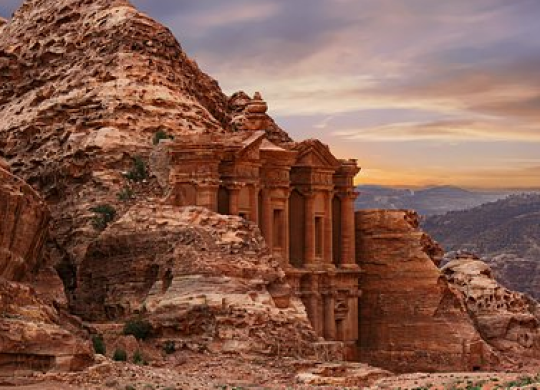
3 min
Travels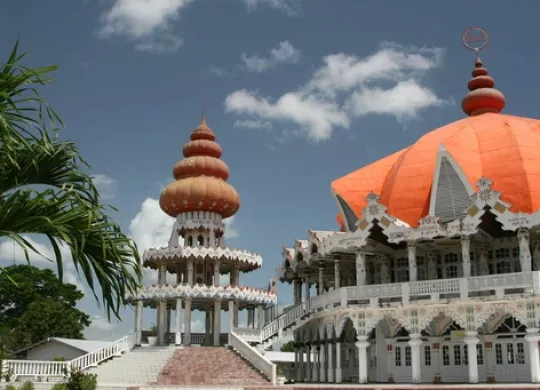
Traveling to Suriname: entry rules, what to see and useful tips for tourists
Suriname is a country in South America that has every chance to become an attractive tourist destination, because it has a fantastic nature and an attractive colorful culture. Find out which entry rules are relevant in 2024 and what to see for a traveler in Suriname
13 paź. 2024
More details2 min
Travels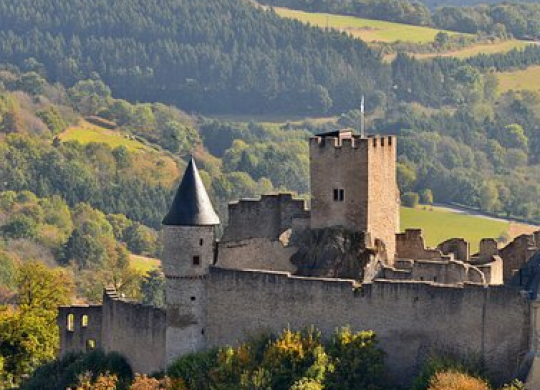
2 min
Travels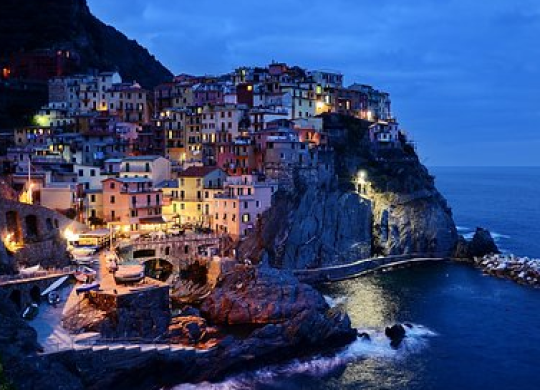
Top 20 colorful places in Italy that travelers should definitely visit in 2025
Discover 20 of Italy's most colorful destinations - from Cinque Terre and Amalfi to Sicily and Sardinia. Unique cities, beaches, gastronomy, culture and unforgettable landscapes - ideas for traveling to Italy in 2025
15 cze. 2025
More detailsAll materials and articles are owned by VisitWorld.Today and are protected by international intellectual property regulations. When using materials, approval from VisitWorld.Today is required.